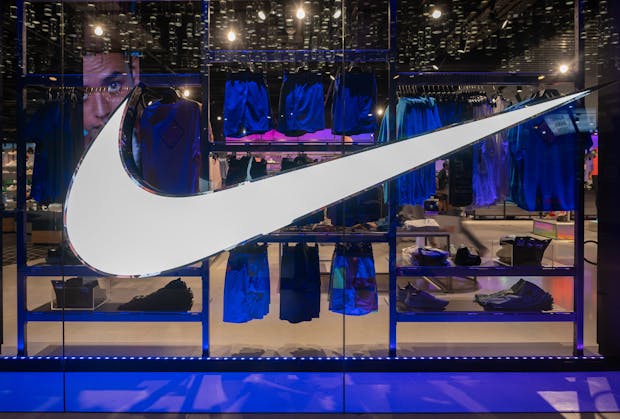a minor stumble in Nike’s marathon

a minor stumble in Nike’s marathon
a minor stumble in Nike’s marathon
if one thinks of life before the onset of Covid-19 and now, one question looms large: will the ‘new normal’ ever go back to normal? it’s a question that haunts not just individuals but businesses too. while some businesses such as online delivery and video conferencing services have indirectly benefited from the pandemic, most have found themselves afflicted.
among them is Nike, whose share price plummeted 6.2% on the back of Q1 FY22 earnings falling short of market expectations and subdued estimates for subsequent quarters
Nike’s hurdle race
a large number of businesses hit by the pandemic have supply chains that rely on manufacturing in the Chinese region and shipping to the West. Nike is among them, with a majority of its factories located in Vietnam and Indonesia. both countries were hit by fresh waves of Covid-19 in recent months, resulting in lockdowns and other containment measures. Nike lost 10 weeks of production at its manufacturing facilities in both countries.
compounding the matter are shipping issues such as container shortages, traffic jams at ports, etc. which caused massive delays in 2020 and are expected to be worse this year. This has also led to shipping costs soaring to record highs. the costs of moving products from warehouses to showrooms are also mounting.
as a result, Nike’s revenue for the quarter came in at $12.2 billion vs expectations of $12.46 billion. the company noted that it could have been higher if it had managed to get the items that customers wanted into its stores. however, its earnings per share were higher than estimates ($1.16 vs $1.12 per share) as it offered fewer discounts and had better margins on its products. it cut its growth forecast for FY22 to "mid-single digits" from its earlier projection of "low double-digit growth".
some good news
for all the talk of missing estimates, Nike’s revenues still grew 16% over the same period last year. CEO John Donahoe credited it to a 28% jump in its Direct-To-Consumer sales as well as online sales. the company is doing well on its aim of becoming a 40% digital business by 2025.
it’s also making inroads into niche offerings by increasing its focus on apparel and sustainable products. apparel sales have grown 16%, especially thanks to yoga apparel which is driving the segment with quadruple growth.
all in all, Nike’s stock slide appears to be a temporary reaction linked to its results. the underlying business remains strong and is rapidly undergoing a digital transformation. while the supply chain crisis may fade, the brand of Nike remains strong.



